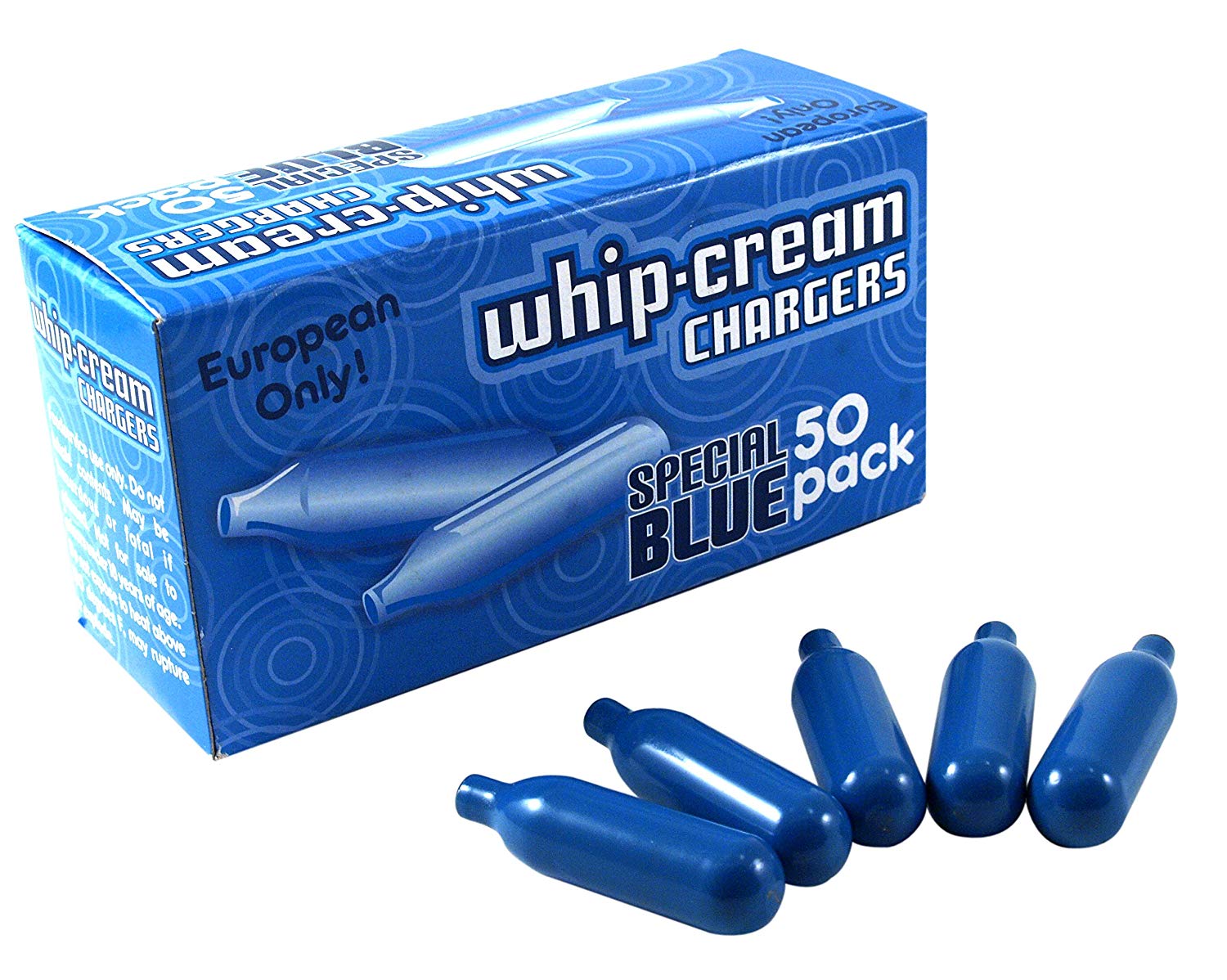The History of Whipping Tools
Whipping devices have a long and storied history going back through the ages. In historical times, whips were commonly used as a means of domination and correction, particularly in the armed forces and as a form of discipline for slaves. The construction and components used for whipping devices changed over time, with early whips being made from simple materials such as leather or twine.
As societies advanced, whipping devices became more sophisticated in their design and capabilities. Different cultures developed their own types of whips, each with distinct uses and characteristics. The use of whips eventually extended beyond punitive actions to include functions such as livestock control, wagon transport, and even circus performances. Over time, whips have become a emblem of authority, dominance, and accuracy in various fields ranging from horse riding to stage shows.

Benefits of Using a High-Quality Whip
Using a high-quality whip can greatly enhance your whipping experience. High-quality whips are typically made from durable materials that provide longevity and trustworthiness. This means that you won’t have to concern yourself about the whip snapping or wearing down prematurely, allowing you to concentrate on perfecting your whipping technique.
Additionally, well-crafted whips are designed to provide better control and exactness. The materials used in these whips are often carefully picked for their adaptability and reaction speed, allowing you to easily handle the whip to achieve the desired effect. This level of control can make a significant difference in achieving the optimal finish on your whipped results.
Different Types of Whipping Solutions
There are various types of whipping options available in the market, each designed for varied functions and tasks. Some common whipping materials include twine, cord, braid, and metallic strands. fastgas is a popular choice for minor uses and basic applications, while cord and rope offer more strength and resilience for tougher uses. Wire whipping options are often used in factory environments where extreme durability and durability are required.
Another type of whipping material is taping material, which is useful for quick and temporary repairs or grouping items. Unlike conventional whipping materials, taping material provides a more flexible and adjustable option for a broad spectrum of tasks. Additionally, skin strips are commonly used for aesthetic and enhancements, adding a touch of refinement and style to the final product.
How to Choose the Right Whip for Your Needs
Before purchasing a whip, it is important to consider the purpose of the instrument. Are you looking for a whip for practice, such as horseback riding or BDSM activities, or are you in need of a whip for symbolic or representational purposes? Understanding the key function of the whip will help you focus on the options and choose the right one for your requirements.
Additionally, take into account the fabrication and build of the whip. Different materials, such as skin, synthetics, or synthetic blends, offer varying levels of toughness, flexibility, and usability. Consider the mass and length of the whip as well, as these factors will impact the handling and handling of the device during use. By evaluating these aspects, you can select a whip that matches your individual needs and preferences.
